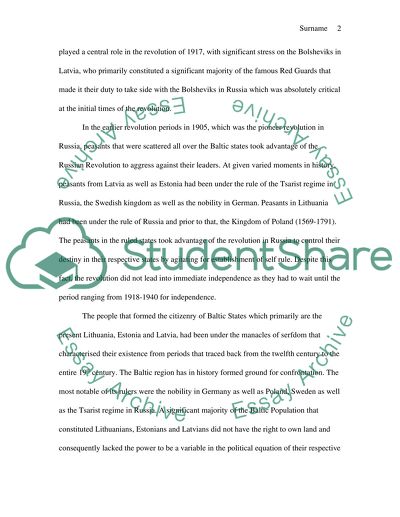Cite this document
(The Revolution in Russia Assignment Example | Topics and Well Written Essays - 1250 words, n.d.)
The Revolution in Russia Assignment Example | Topics and Well Written Essays - 1250 words. Retrieved from https://studentshare.org/history/1561722-depends-on-what-you-write-it-on
The Revolution in Russia Assignment Example | Topics and Well Written Essays - 1250 words. Retrieved from https://studentshare.org/history/1561722-depends-on-what-you-write-it-on
(The Revolution in Russia Assignment Example | Topics and Well Written Essays - 1250 Words)
The Revolution in Russia Assignment Example | Topics and Well Written Essays - 1250 Words. https://studentshare.org/history/1561722-depends-on-what-you-write-it-on.
The Revolution in Russia Assignment Example | Topics and Well Written Essays - 1250 Words. https://studentshare.org/history/1561722-depends-on-what-you-write-it-on.
“The Revolution in Russia Assignment Example | Topics and Well Written Essays - 1250 Words”, n.d. https://studentshare.org/history/1561722-depends-on-what-you-write-it-on.


